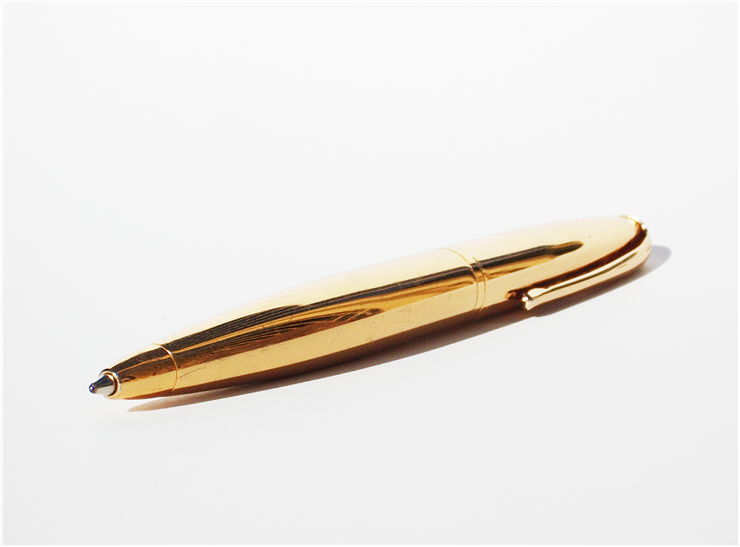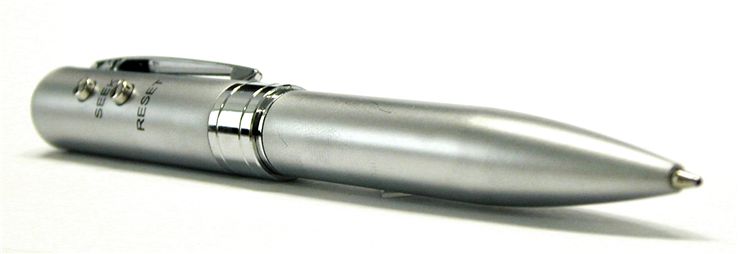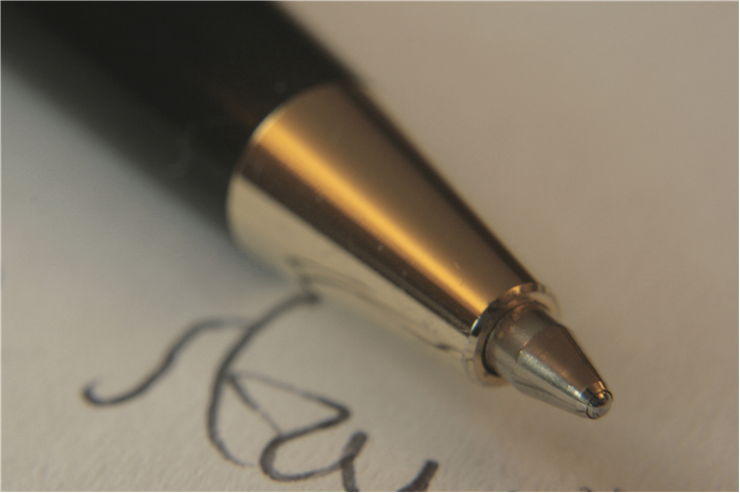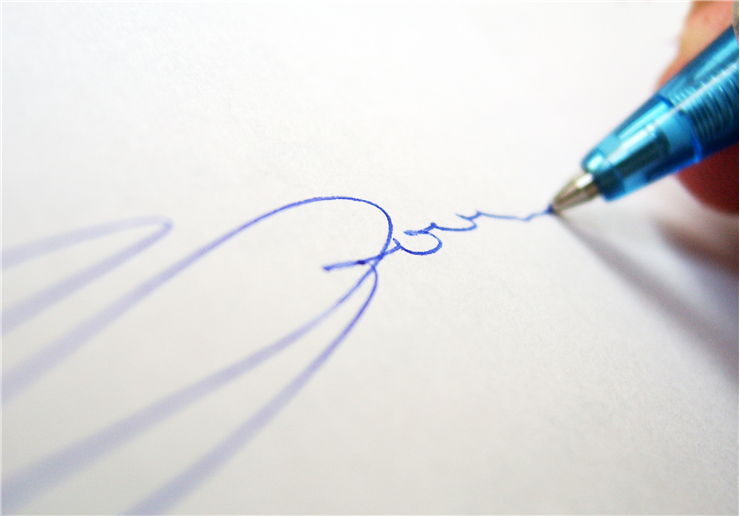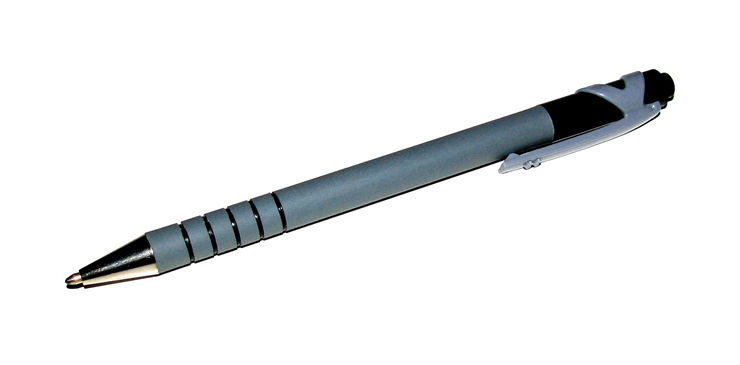Ballpoint Pen History – Who Invented Ballpoint Pen?
A Ballpoint pen has, as its name says, a ball at its point, which rotates when dragged across the writing surface and leaves behind ink from the pen reservoir. Ball at the point can be of different diameters and made of brass, steel, or tungsten carbide. It is today the most widespread writing instrument and has changed how we write.
Trying to invent a pen that could write on leather, a tanner, John J. Loud, invented the first ballpoint pen and patented it in 1888 in America. This pen had a small steel ball placed so it could not fall out nor fall in but still rotate freely. This invention was not commercially viable and could not be used for writing because the patent lapsed in time.
After that, many tried to improve the design but did not deliver the ink evenly or overflowed and clogged the pint. In the early 20th century, László Bíró, a Hungarian newspaper editor, tried to make a pen that would dry quickly and without streaks. He noticed that ink in newspaper printing dried quickly, so he and his brother György, a chemist, started experimenting with a workable pen. They combined viscous ink and a ball-socket mechanism to make a ballpoint pen that would not allow ink to dry out but would still leave the mark behind when used. The first working ballpoint pen was presented at Budapest International Fair in 1931. They filed for patents in France and Britain in 1938. In 1941 Bíró brothers and their friend, Juan Jorge Meyne, fled to Argentina and opened there Bíró Pens of Argentina - a factory that made ballpoint pens and sold them in Argentina as “Birome.” This ballpoint pen was licensed and made in Britain as a “Biro” for RAF aircrews which used it at high altitudes (fountain pens used to leak ink when used too high).
After the Second World War, others tried to sell their ballpoint pens but were unsuccessful. Milton Reynolds saw a ballpoint pen when he was on a business trip to Buenos Aires in 1945, and when he returned to America, he redesigned it to obtain an American patent. His ballpoint pen, manufactured in his Reynolds International Pen Company and called “Reynolds Rocket,” was the first commercially successful one. It was sold under the ad saying it won’t need refilling for 15 years. Gimbels department store in New York City sold a few thousand ballpoint pens just in one week. Eversharp Co., a maker of mechanical pencils, also made their pen and started selling it. Britain saw its first commercially successful ballpoint pen in the same year, made by the Miles Martin Pen Company. The market soon saturated, and Reynolds’ company folded in the early 1950s.
At the same time, Paper Mate Pens started manufacturing and distributing their pens in Canada by changing their new ink formulas. Also, Parker Pens released The Jotter, which used a tungsten-carbide textured ball in its point and was cheaper, resulting in several million pens sold in just the first year. Ballpoint pens started to take over the world. But that was a bad time for Eversharp Co., whose pen division was sold to Parker Pens and later folded completely. The ‘50s were also a time when Marcel Bich (later shortened his name to Bic) licensed ballpoint pens from Bíró and started manufacturing his pens according to Bíró’s design. His ballpoint pens are now recognized across the world.
